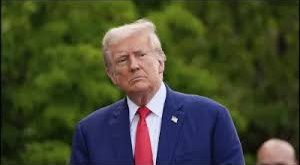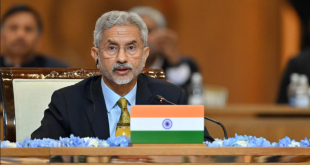Balochistan: Balochistan (Balochistan) is the largest state of Pakistan. It is the size of Germany but the population here is very less, only 1.5 crores i.e. 7 crores less than Germany. Balochistan is full of natural resources like oil, gold, copper and many other mines are found here. Pakistan uses these resources of Balochistan. Despite all this, Balochistan is the most backward area and the standard of living of the people here is below normal. 70% of its 1.5 crore residents live below the poverty line.
Full of resources but suffering from poverty
Hate against Pakistan is increasing in Balochistan due to poverty and backwardness and rebellions keep happening there every day. According to reports, more than 60% of the people in Balochistan live below the poverty line. This province ranks lowest not only in Pakistan but in the whole of South Asia in terms of health, education and other issues.
How did the Baloch rebellion start
Since the formation of Pakistan, the history of Balochistan has been full of rebellion. If we look at the history of Balochistan, its story begins in 1876, when a treaty was signed between the British government and Kalat. According to the treaty, the British gave Kalat the status of a protectorate state. On August 4, 1947, a meeting was held in Delhi in which Jinnah and Jawaharlal Nehru along with Mir Ahmed Khan and British Viceroy Lord Mountbatten also participated in which it was said that an independent Balochistan should be formed by combining four districts – Kalat, Kharan, Las Bela and Makran and thus Balochistan became a separate country on August 11.
Talk of merger with Pakistan
Baluchistan became an independent country and the traditional flag of Kalat was hoisted from mosques in the country. Exactly one month after declaring independence, on 12 September, Britain passed a resolution which said that Baluchistan is not in a condition to become a separate country. It cannot take up international responsibilities. In such a situation, its security was handed over to Pakistan. Jinnah asked Ahmed Khan to merge Baluchistan with Pakistan.
Pakistan inflicted atrocities
The ruler of Kalat did not listen and said that whether Baluchistan will remain an independent country or go with Pakistan, it will be decided by the people there. Pakistan started increasing pressure for the merger of Baluchistan. In this way, the rebellion started increasing. The struggle of the Baluch against the Pakistan government started intensifying. The Baluch were so enraged that they even tried to assassinate the then President Pervez Musharraf. According to media reports, in the last 15 years, the Pakistani army has made more than five thousand Baluch disappear. It is said that either they have been killed or they have been imprisoned in a place about which no news is available.
Connection with Aurangzeb
Humayun, the son of India’s first Mughal ruler Babur, was defeated in a war by Sher Shah Suri of Bihar, after which Humayun fled from India and took refuge in Iran. Then when Sher Shah Suri died in 1545, Humayun returned to India. The tribal chieftains of Balochistan helped Humayun to return to India. With the help of the Balochs, Humayun captured Delhi again in the year 1555. Then in the year 1659, Mughal emperor Aurangzeb became the ruler of Delhi. His power extended to the border of Iran in the west. Then the Baloch chieftains had revolted against the Mughal rule and the Baloch leader Mir Ahmed had captured two areas of Balochistan – Kalat and Quetta from Aurangzeb in 1666.
 Indian Thought Latest News & Views
Indian Thought Latest News & Views



